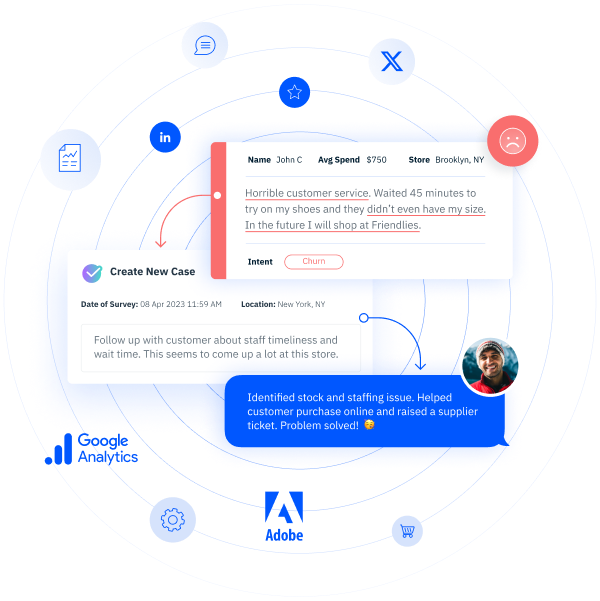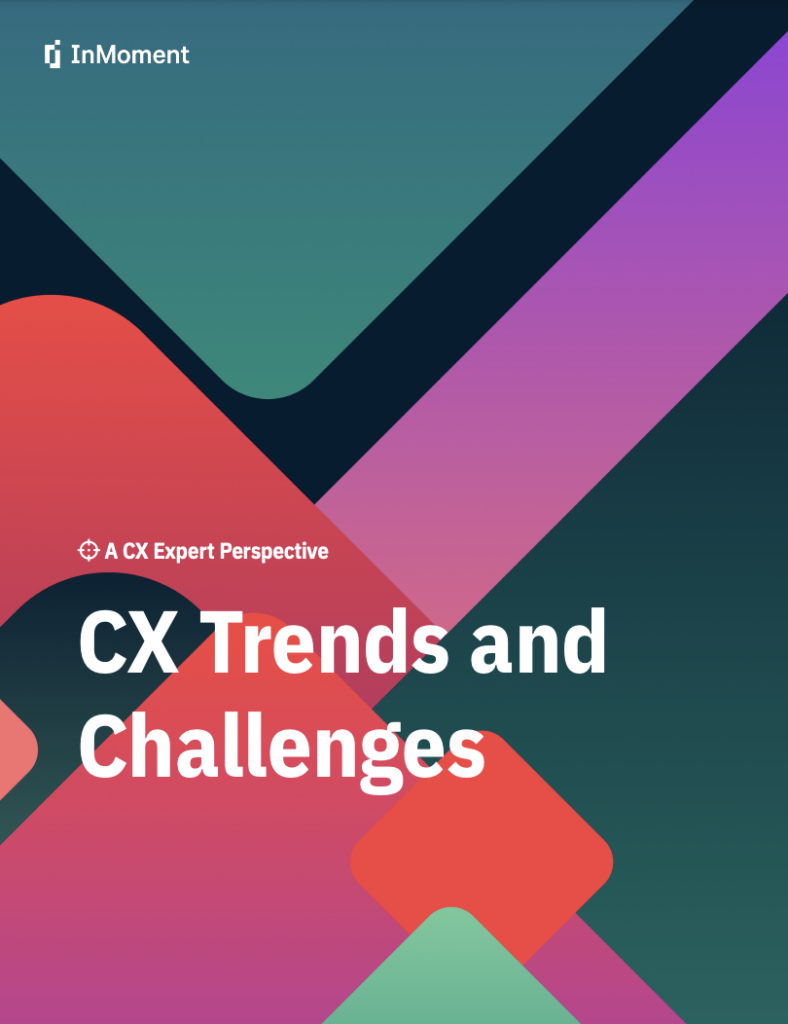
Brands work hard to keep their customers happy and to create positive experiences, but the reality is that no organization can prevent every negative experience that might come a customer’s way. Whether it’s due to unforeseen circumstances or plain old human error, negative experiences are always a specter that brands need to watch out for.
Perhaps more importantly, organizations need to be prepared to recover at-risk customers when those experiences, for whatever reason, do occur. At the end of the day, a brand’s obligation to these customers goes beyond the bottom line—it’s part of creating a grander, positive, human experience that will not only salvage the relationship but also keep that customer coming back for more. Let’s dive in.
Before Problems Become Problems
The first step to an effective recovery strategy is to be as vigilant for negative experiences as possible. Proactive multichannel listening is key here—brands need to constantly meet customers where they talk about their brand interactions, then analyze their sentiments to make sure they’re not missing anything. Post-transactions surveys can be helpful here, but brands also need to pay attention to social media, phone calls, and every other medium their customers use to express how they feel about their experiences.
This strategy is effective for more than just one-time problems, too. The right experience platform can digest entire spectra of customer feedback, which helps brands spot recurring issues that they may not have even known about. Thus, companies can use this strategy to both save at-risk customers and fix deep-rooted problems that might be plaguing their wider goals and aspirations.
Closing The Loop
Paying close attention to customer conversations is important, but what happens when problems slip through that crack and put their relationship with your brand at risk? When that occurs, organizations must be prepared to close the loop with customers. In this context, closing the loop refers to assigning an employee to the customer, having that employee intently listen to the customer’s story, and rectifying the problem well enough to salvage that relationship.
While closing the loop seems pretty straightforward at the outset, there’s much more to this process than ‘just’ effective customer service. Closing the loop doesn’t end when a satisfied customer hangs up the phone—meaningfully rectifying that problem means reviewing how it occurred with the wider organization, creating a solution, and implementing it so that future customers don’t suffer the same issue. Looking at it this way means that the organization is actually closing two loops: the one with the customer (inner loop) and creating a more customer experience (CX)-driven culture (outer loop). Both are vital to customer recovery.
Making Things Right
There’s a common element to both of these strategies and to customer recovery in general, and it’s empowering your employees to do the right thing. Challenging employees to step up, involving them in the recovery process, and democratizing data to help them see the big picture are all great ways to ensure that your recovery strategy is working. There’s no better person to salvage an at-risk relationship than an impassioned employee, and no better way to instill passion in your teams than giving them the tools (and encouragement) they need to rise to the occasion.
By challenging employees to be proactive, paying attention to customers’ constant conversations, and by closing the loop when problems do arise, brands can ensure they’re doing everything they can to rescue at-risk customers. This approach allows them to create fundamentally improved experiences that both strengthen the bottom line and turn recovery situations into meaningful human interactions.
Want to learn more about how you can boost your customer retention through recovery methods and more? Read our full eBook on the subject, “How to Improve Customer Retention & Generate Revenue with Your CX Program” today!













